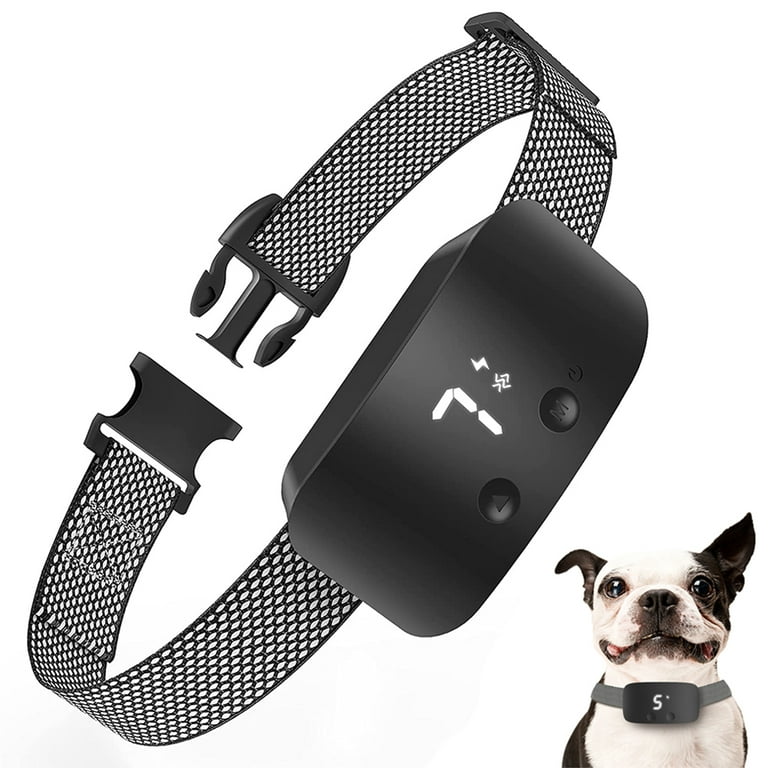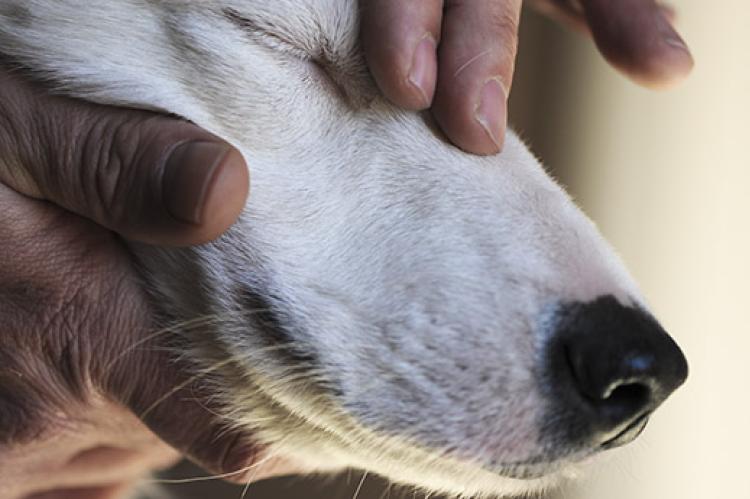If your dog doesn’t like being touched, it could indicate a health issue or a past negative experience. Pay attention to their body language and signals to understand their discomfort.

Credit: www.proplanvetdirect.com
Understanding Canine Sensitivities
Touch sensitivity in dogs can have various causes, and it’s important to understand these factors to address this behavior properly. Some potential causes of touch sensitivity in dogs include:
- Pain or discomfort: Dogs may develop touch sensitivity if they’re experiencing pain or discomfort due to an illness, injury, or other health issues. It’s important to consult with a veterinarian to rule out any underlying medical conditions.
- Fear or anxiety: Dogs with fearful or anxious tendencies may exhibit touch sensitivity as a way to protect themselves or avoid uncomfortable situations. It’s crucial to create a calm and safe environment for your dog and address any triggers that may contribute to their anxiety.
- Past traumatic experiences: Dogs who have had negative experiences with touch or handling in the past may develop sensitivities. These experiences may lead to a lack of trust and a fear response when touched. Patience and positive reinforcement are key in helping your dog overcome these sensitivities.
Understanding your dog’s body language is essential when it comes to assessing their comfort level with touch. Here are some important signals to observe:
- Tail position: A tense or tucked tail may indicate discomfort or anxiety.
- Ear position: Ears pulled back or flattened against the head may suggest fear or unease.
- Eye contact: Avoiding eye contact or dilated pupils can be signs of stress or fear.
- Body posture: A stiff or rigid body posture may indicate that your dog is feeling uneasy or defensive.
It’s essential to respect your dog’s boundaries and never force physical contact if they display any of these body language cues. Instead, give them space and time to feel more comfortable.
Establishing trust and respecting your dog’s boundaries is crucial in helping them feel more at ease with touch. Here are some tips to build a stronger bond with your dog:
- Positive reinforcement: Use treats, praise, and rewards to create positive associations with touch. Start with gentle strokes or light touches in areas your dog is comfortable with, gradually increasing contact over time.
- Gradual desensitization: Slowly introduce your dog to different types of touch and handling, making sure to progress at their pace. This can help them become more familiar and comfortable with being touched.
- Observe body language: Continuously monitor your dog’s response to touch and adjust accordingly. If they show signs of discomfort or stress, back off and give them space.
- Consult a professional: If your dog’s touch sensitivity persists or worsens, consider seeking guidance from a professional dog trainer or behaviorist. They can provide tailored strategies for addressing your dog’s specific needs.
Remember, every dog is unique, and it’s important to approach touch sensitivity with patience, understanding, and respect. By creating a safe and trusting environment, you can help your dog feel more comfortable and build a stronger bond.

Credit: www.walmart.com

Credit: resources.bestfriends.org
Frequently Asked Questions On Dog Likes To Be Near Me But Not Touched
Why Does My Dog Not Like Being Touched?
If your dog doesn’t like being touched, it could be due to pain, fear, or past negative experiences. It’s important to consult a vet to rule out any health issues. Dogs, like humans, may also prefer their personal space and not enjoy a lot of physical closeness.
Ensure that you pay attention to your dog’s body language and signals to understand their comfort levels.
Why Does My Dog Move Away When I Touch Him?
Dogs may move away when touched due to fear or discomfort in certain situations. Pay attention to their body language and signals to understand their preferences. Additionally, some dogs may simply enjoy their personal space and not like excessive physical closeness.
It’s important to respect their boundaries.
Why Does My Dog Reject My Affection?
Dogs may reject affection due to trust issues, fear, or the desire for personal space. Some dogs may not enjoy physical closeness like humans. Additionally, a health issue or negative experiences can cause a dog to be sensitive to touch.
Observing their body language and signals is important.
Why Does My Dog Not Like Being Petted?
If your dog doesn’t like being petted, it could be due to pain, fear, or previous negative experiences. Consult a vet if your dog’s behavior suddenly changes. Dogs may also have personal space preferences and may not enjoy excessive physical closeness.
Respect your dog’s boundaries and pay attention to their body language.
Conclusion
If your dog prefers to be near you but not touched, it could be due to various reasons. It’s important to observe their body language and signals to understand their comfort level. They may have trust issues, fear, or simply enjoy their personal space.
It is crucial to respect their boundaries and provide them with the space they need. Seeking veterinary consultation is recommended if there is a sudden change in their behavior. Remember, every dog is different in their preferences for physical closeness and affection.



